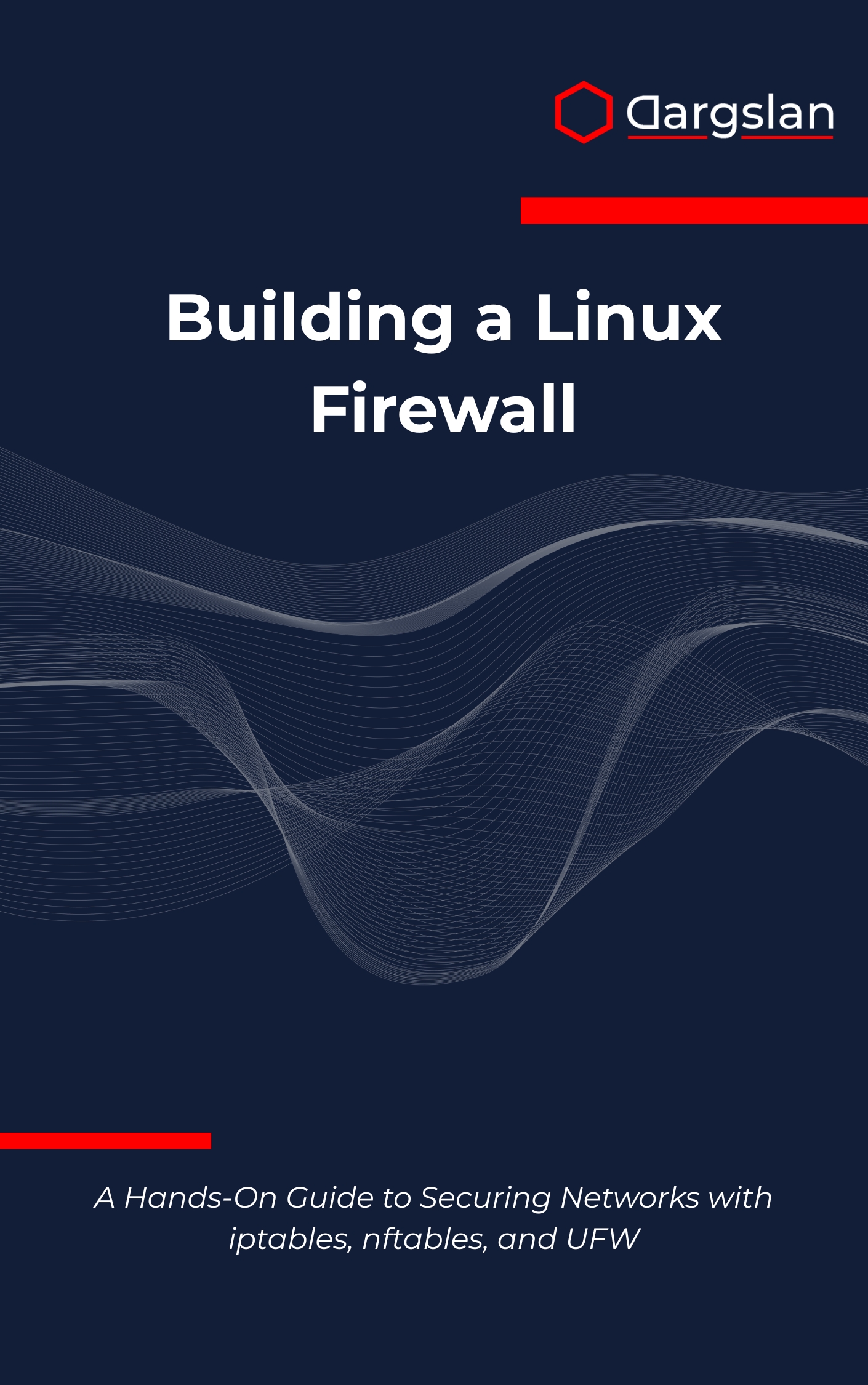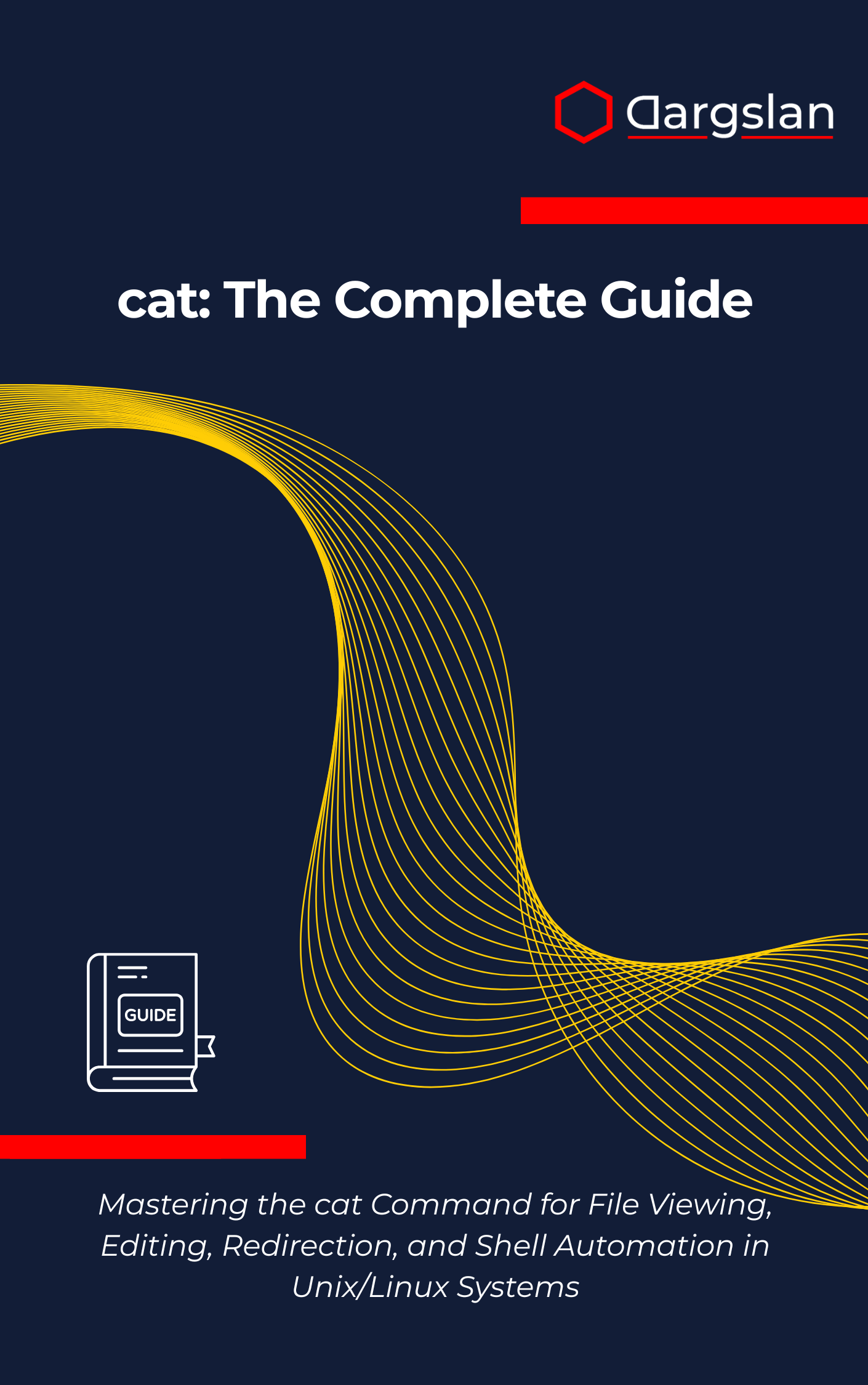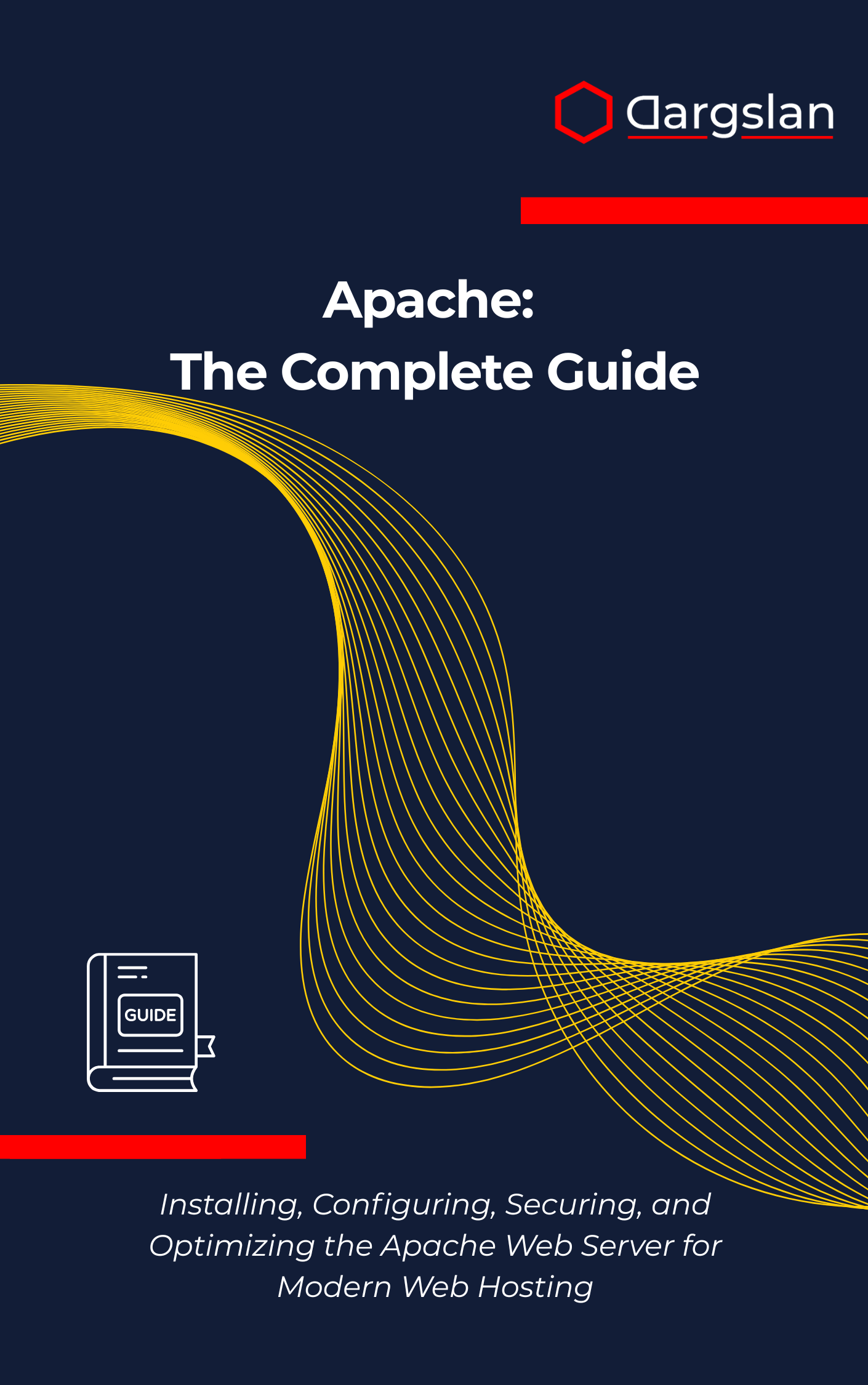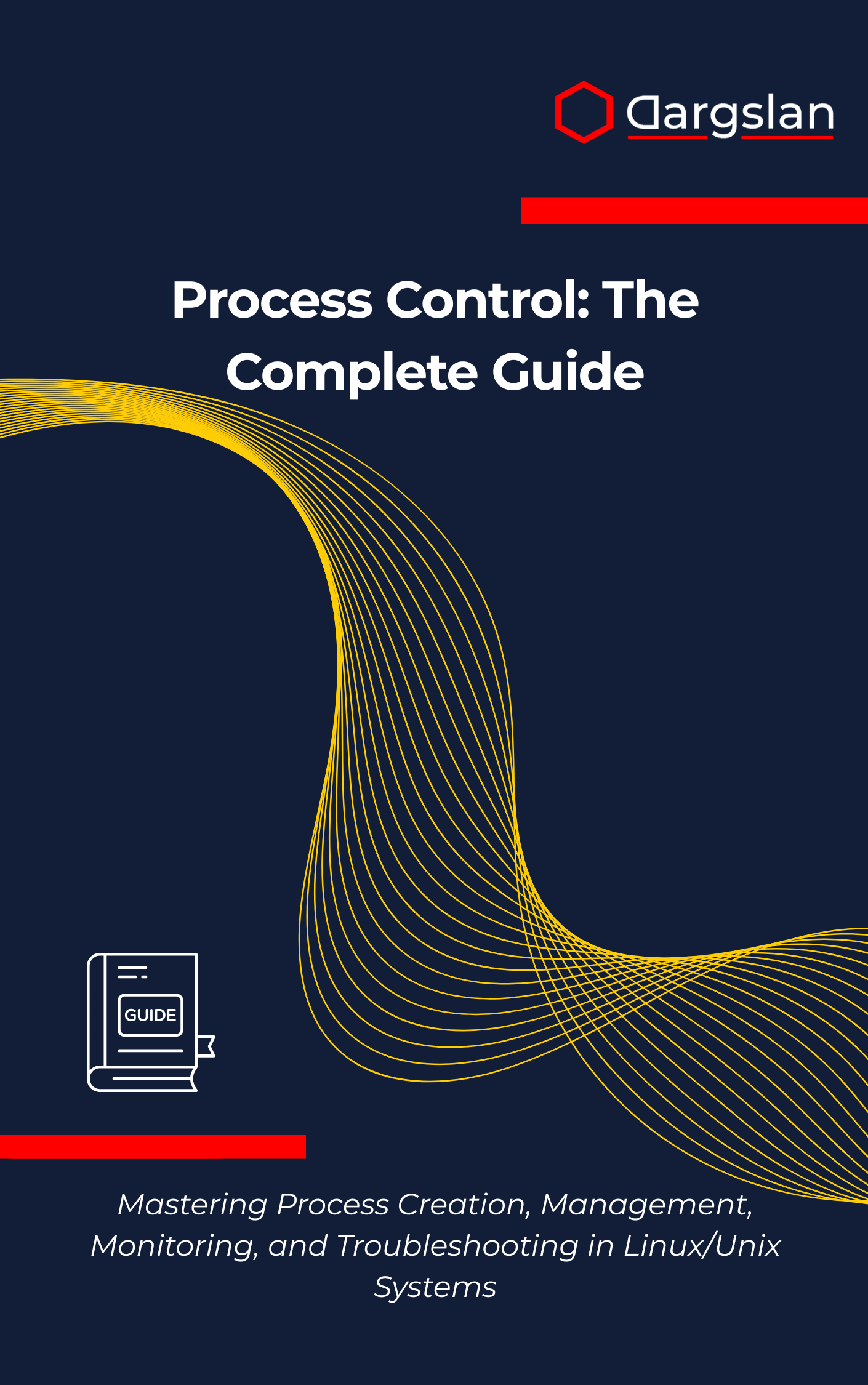Building a Linux Firewall
Building a Linux Firewall: A Hands-On Guide to Securing Networks with iptables, nftables, and UFW,Build and secure Linux firewalls with iptables, nftables, and UFW easily.

Ready to turn complex firewall theory into production-ready security? This practical, expert-crafted resource shows you exactly how to protect Linux environments with repeatable techniques and real-world configurations. Whether you manage a single host or a multi-tier network, you’ll learn how to design, deploy, and maintain resilient defenses with confidence.
From foundational concepts to enterprise workflows, you’ll build reliable rule sets, reduce risk, and streamline operations. If you’ve been looking for a clear path to mastering Linux firewalls, your roadmap starts here.
A Hands-On Guide to Securing Networks with iptables, nftables, and UFW
Overview
Building a Linux Firewall is an implementation-driven resource designed to help professionals deploy secure, maintainable, and high-performance controls across modern infrastructures. It blends step-by-step tutorials with tested strategies so you can apply A Hands-On Guide to Securing Networks with iptables, nftables, and UFW in real environments—from laptops and servers to container hosts and cloud instances running Linux.
This IT book covers the full spectrum of Linux firewall fundamentals, iptables configuration and management, nftables implementation, UFW deployment, network security architecture, rule creation and optimization, firewall automation, security testing and auditing, compliance frameworks, troubleshooting methodologies, performance tuning, and migration strategies. You’ll find working examples, production-proven patterns, and clear explanations that make it a standout programming guide and technical book for security-minded teams.
Who This Book Is For
- System administrators who need reliable, repeatable firewall policies that secure hosts and services without disrupting uptime—gain confidence deploying changes safely and quickly.
- DevOps and SRE professionals looking to integrate iptables, nftables, and UFW into CI/CD pipelines—learn to automate rule sets, validate policies, and version control configurations.
- Security analysts and network engineers ready to strengthen defenses—build measurable protections, document controls for audits, and champion best practices across the organization.
Key Lessons and Takeaways
- Design resilient network security architecture that aligns with business requirements—segment traffic, control ingress/egress, and map rules to least-privilege principles.
- Master iptables, nftables, and UFW with real configurations—understand chains, tables, sets, and priorities; then translate that knowledge into clean, maintainable rule sets.
- Automate, test, and monitor firewall policies—use repeatable workflows, implement security testing and auditing, and adopt troubleshooting methodologies to prevent regression.
Why You’ll Love This Book
It demystifies Linux firewalls with a pragmatic, hands-on approach that prioritizes clarity and action. Every chapter ties concepts to tasks you can run immediately, complete with sample rule sets and realistic scenarios. You’ll learn how to choose between iptables and nftables, when to leverage UFW for simplicity, and how to migrate safely—without guesswork. With concise explanations, annotated examples, and enterprise-ready patterns, it gives you the tools to build secure, scalable, and future-proof controls.
How to Get the Most Out of It
- Start with fundamentals, then progress to advanced topics. Begin by reviewing Linux networking basics and core firewall concepts, then move into iptables, nftables, and UFW. Save the migration strategies and performance tuning chapters for when you’re ready to refine and harden your deployment.
- Apply as you read. Build a lab using virtual machines or containers, and replicate the examples step by step. Translate examples into your context, documenting each rule’s purpose and mapping policies to your assets, services, and risk model.
- Reinforce with mini-projects. Create a baseline host policy, configure a DMZ with strict ingress rules, implement logging and alerting for anomalous traffic, and script a rollback strategy. Add automation to validate rules against test traffic and integrate those checks into your CI/CD pipeline.
Get Your Copy
If you’re serious about defending Linux infrastructure with dependable, professional-grade controls, this guide will accelerate your path from theory to deployment. Equip yourself with the knowledge and templates to secure systems today and evolve with tomorrow’s threats.




